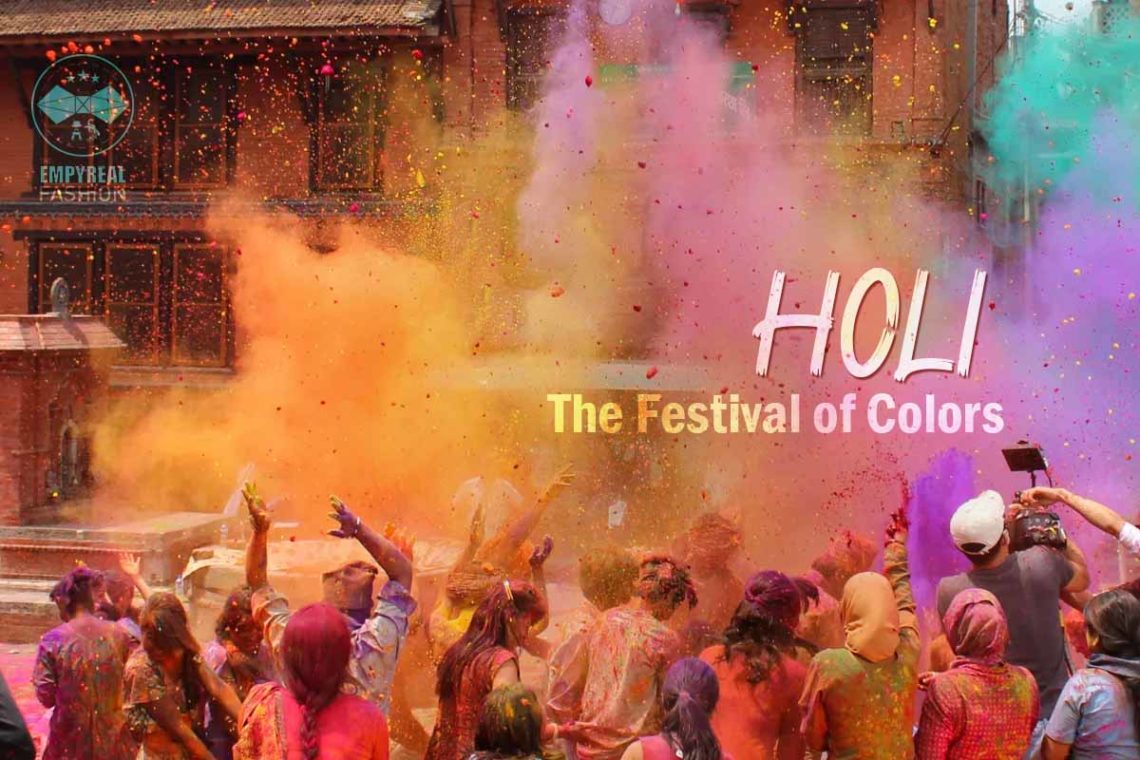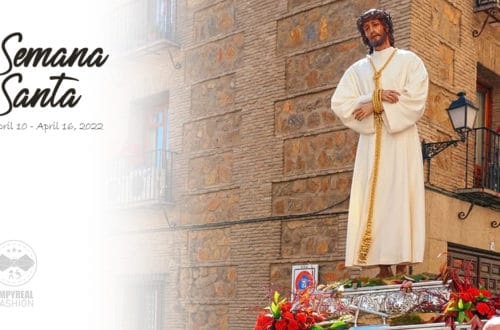
The Festival of Colors: HOLI
Holi, the festival of colors, is a Hindu religious festival originated in Asia, but is popular all around the world. It takes place the day after the sighting of the last full blossomed moon of the Phalguna (Hindu month). Typically, it falls between February and March. Holi welcomes spring, marking the passing of dark winter days and welcoming the warmer jolly days. A celebration of good triumphing evil, light triumphing darkness. The celebration begins in the evening with a bonfire, which signifies burning the evil spirits.
The vibrant festivity continues to the next morning with splashing powdered colors as well as water balloons. Earlier, the colors were made from herbs and flowers. Now they are made from synthetic. Every color has a symbolic meaning. For instance, red implies love as well as fertility, and green denotes new beginnings.
The festival of colors brings people of all age, race, color, caste, gender, and ethnicity. When people are covered in the color of rainbow, everyone’s hair, skin, and clothes appear the same. This creates an inclusive feeling. The gathering and the color spraying onto each other accomplish a bond, brotherhood, and unity. The celebration brings a social harmony. A day of forget and forgive. A day of singing, dancing, and playing colors together.
The day ends with family gatherings and having a festive meal together, while distributing sweets and delicacies with friends and neighbors. Holi opens new beginnings from past errors.




One Comment
Laquanda Garibai
Spot on with this write-up, I seriously think this web site needs a lot more attention. I’ll probably be back again to read through more, thanks for the information!